Introduction
I first wanted to write an article about Baron Samedi who is a Loa of Ghede family in Haitian Vodou. He is the one who sparked my interest in Haitian Vodou. When I started writing the article I realized that the article is going off topic many times. It was necessary to explain a lot of terminology in order to make the article understandable. I realized I will have to write an article that explains Vodou itself first, and here it is.
First, you should understand that there is a difference between Vodou, Vodun and voodoo. When Vodou is mentioned, often the first associations are voodoo dolls, curses, and dark magic. All those mostly appear in horror movies, but not in Vodou. Vodou is a religion which evolved from a combination of elements from African Vodun and Christianity on Haiti. Vodun is an African religion from which Vodun draws its roots. Finally, voodoo is a pop culture depiction of Vodou which is based around dark magic, voodoo dolls, and curses.
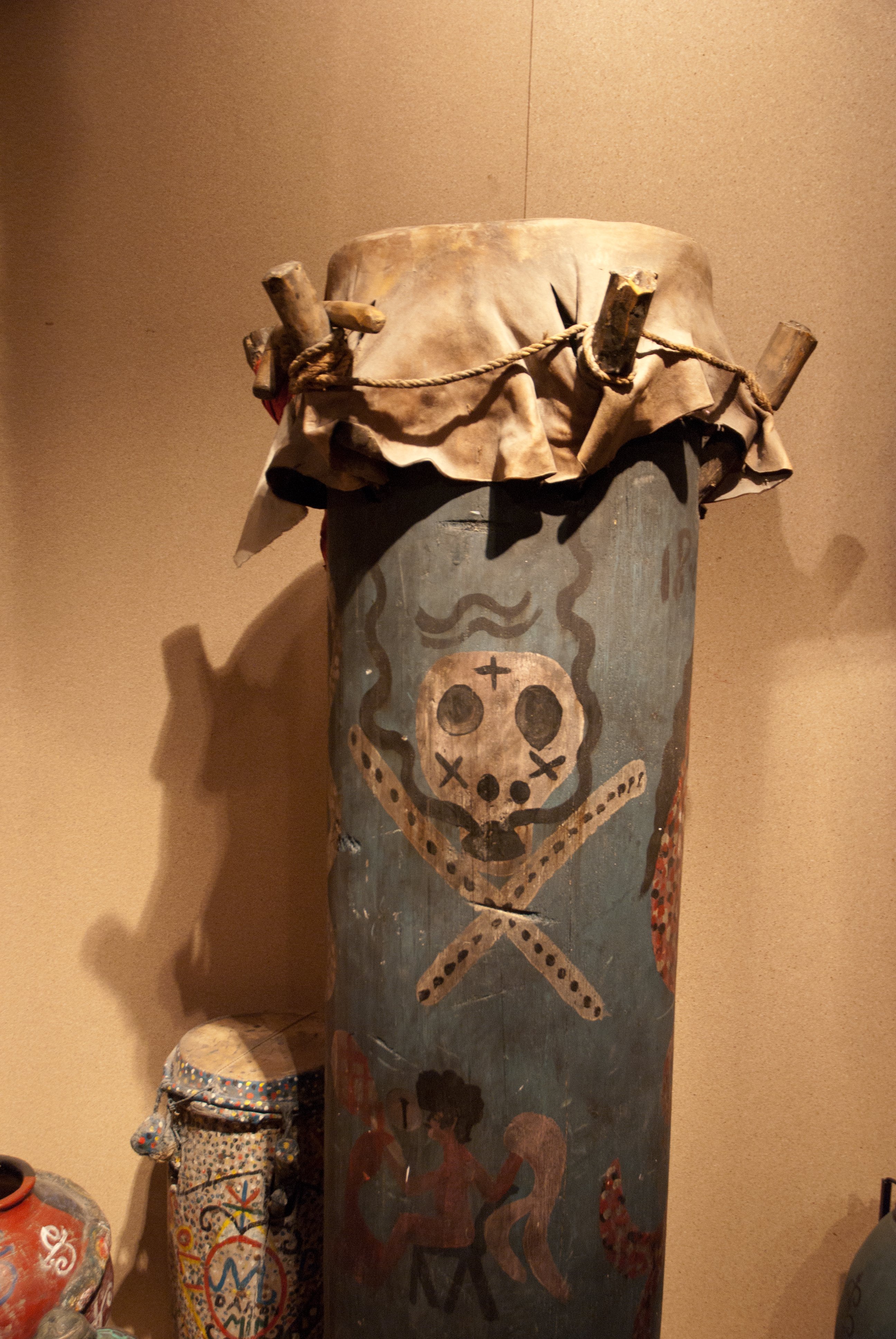
Origins and history
Haitian Vodou has its roots in Western and Central Africa. When French slavers brought Africans to Haiti, Africans brought their religion along. Although a surprisingly large amount of the belief system survived, the traditions of Vodun changed with the time.
The uniqueness of Haitian Vodou is largely a consequence of the Code Noir by King Louis XIV of France. The Code Noir forbade the practice of African religions and forced the slaves to convert to Catholicism. Vodou survived through disguising Loa (spirits) as Roman Catholic saints and concealing their forms of worship with similar images, practices, and rituals they could find in Catholicism. Even though African religious practice continued underground, through time new form of religion was created from a combination of Catholicism and Vodun.
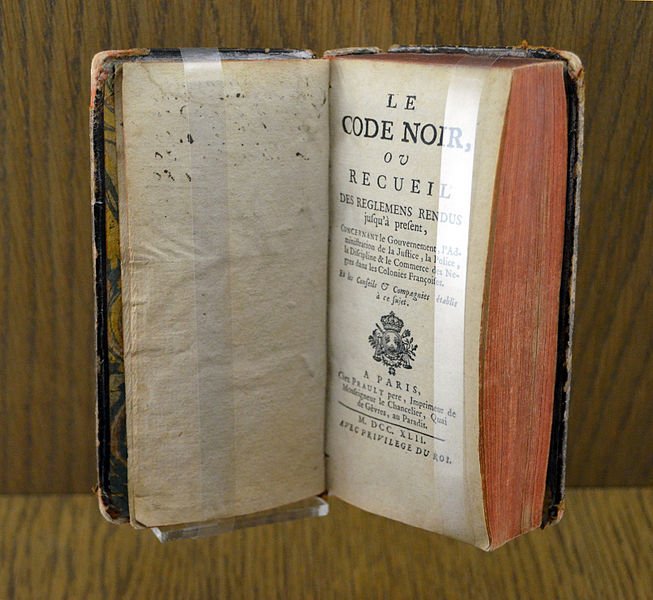
The most important Vodou ceremony in Haitian history was the Bois Caïman. On August 14, 1791, slaves in the French colony of Saint-Domingue have gathered in a secret ceremony. The ceremony served as both a strategic meeting and religious ritual. During the ritual, the Loa of Ezili Dantor possessed mambo Cécile Fatiman and received a black creole pig as an offering. All those present marked themselves with the blood of the pig and pledged to fight for freedom. The Bois Caïman ceremony began the Haitian Revolution and resulted in the liberation of Haitian people in 1804.
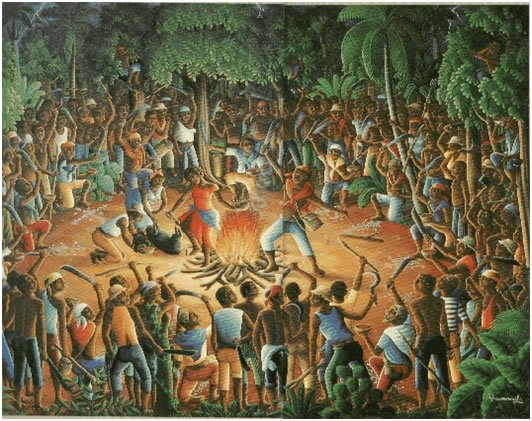
Beliefs
Vodou is a religion, but also an experience that ties the body and the soul together.
Supreme God of Vodou is Bondye. He is considered unreachable and prayers of Vodou practitioners are directed to the Loa (spirits) instead.
The Loa who are intermediaries between humanity and Bondye is divided into nanchons (families). Each Loa within a nanchon has similarities with the others from the same family (for example all the Loa from Ghede nanchon are in a way connected to death). Each Loa also has its own personal likes and dislikes. Their songs, rhythms, dances, special modes of service and symbols are unique.
Each practitioner of Vodou has a head Loa. Moral code and notion of propriety among practitioners differ depending on their head Loa. Appropriate behavior for someone with Papa Legba as their head may not be appropriate for a person with Baron Samedi as their head.

The home of the Loa, as well as the deceased, is the city Vilokan. Vodou conceives the cosmos as a sphere made of two inverted halves of a gourd. Two intersecting planes inside that sphere provide the framework and supporting axes of the cosmic sphere. They are represented as the arms of a cross. The plane along which the two halves of the gourd conjoin (the vertical plane) constitutes the horizon. The Earth is floating on water and stretching along the plane of the horizon in the center of the sphere. Vilokan is located far beneath the Earth. The vertical arm of the cross pierces through the center of Earth and plunges into Vilokan. That arm serves as the point of contact between Vilokan and the world of the living.
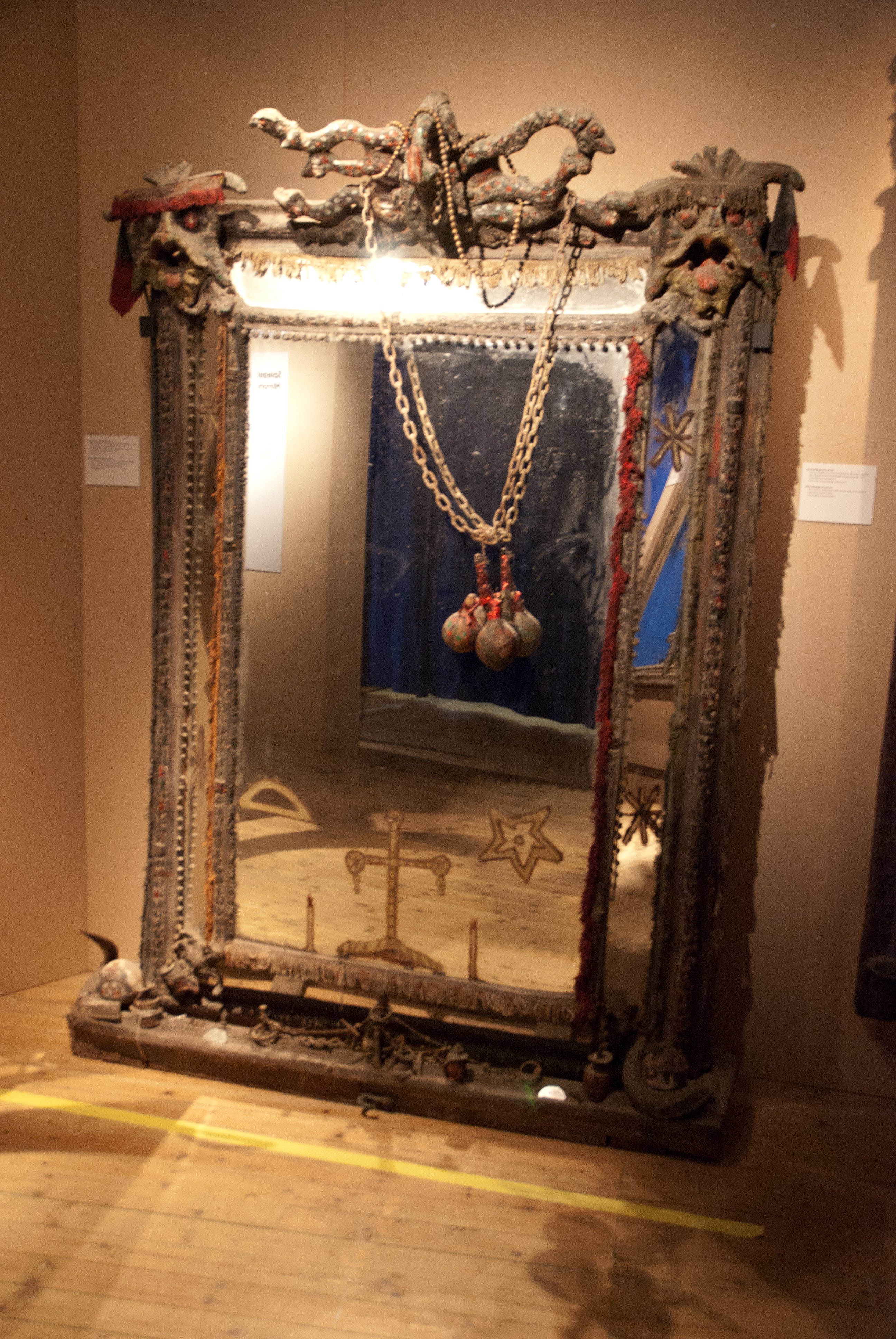
One more important aspect of Vodou is the soul. It consists of two aspects; the gros bon ange (big good angel) and the ti bon ange (little good angel). The gros bon ange is responsible for the basic biological functions. It regulates the breathing and the blood flow through the body. The ti bon ange is a source of one’s personality and character. Ti bon ange is essential for the survival of one’s identity. It is not necessary for the body to function in biological terms for the existence of a person. Thus it is possible to continue to exist without gros bon ange.
Rituals and practices
Vodou has no head of religion and each Houngan (male priest) or Mambo (female priestess) is the head of their own house. As a consequence, there is no standardized dogma in Vodou, but there are some common practices.
Vodou rituals always start with songs for the Legba family of the Loa. Most of the Loa do not speak the same language as their followers. Thus the Legba family is necessary to translate the songs to the other Loa, for Papa Legba speaks all the languages.
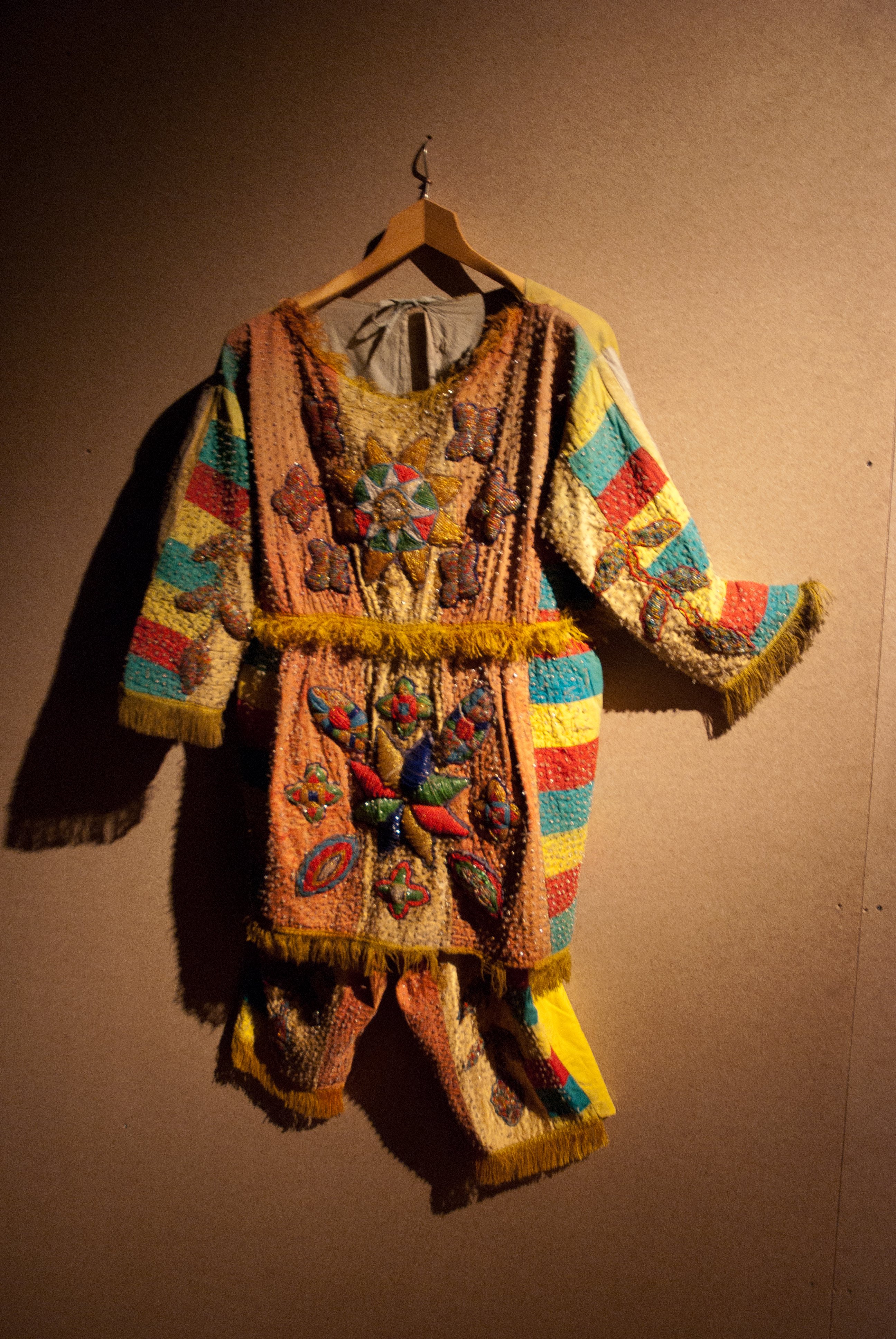
Ceremonial suit for Haitian Vodou rites, Ethnological Museum of Berlin, Germany.
As the songs are sung, spirits visit the ceremony. Visiting Loa possesses individuals (by riding them like a horse) and act through them, in that way Vodouists can communicate with their Loa directly. Once a person is possessed it is necessary that Houngan or Mambo recognizes which Loa has possessed the individual. When Loa is recognized proper sacrifices are offered and communication with the Loa can continue. Sacrifices mostly consist of Loa’s favorite food and drinks. When an animal is sacrificed to the Loa only blood of the animal is given to the Loa to serve as its life force. Spirits want their followers to be well fed. The meat of the sacrificed animal is cooked and distributed among the participants of the ritual and others in need.
Another practice Vodou rituals commonly involve is the drawing of veves. Each Loa has its own symbol or multitude of symbols (veves). As it is with the rhythms and songs, veves are drawn during the rituals to call down a specific Loa to possess a member of the congregation and interact with worshipers.
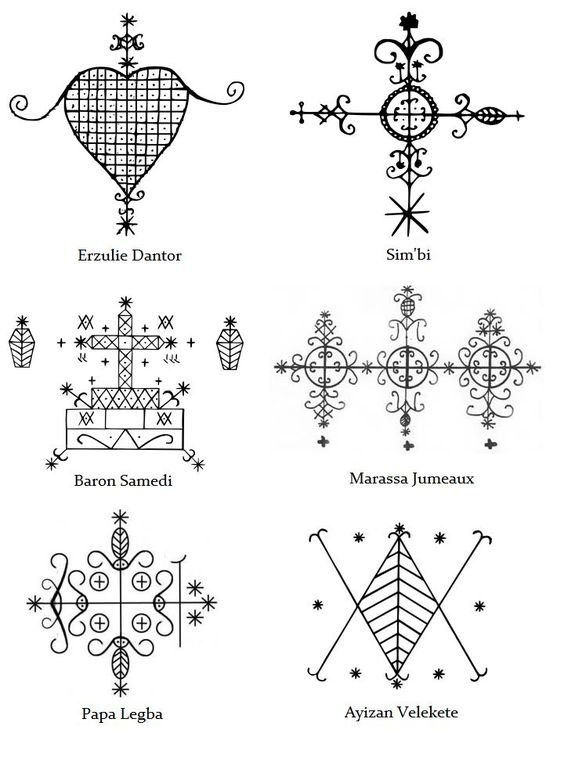
Although Vodou has greatly changed through time, it is still commonly practiced throughout the world.
Don't forget that Vodou has never been a dark art, as it is depicted in pop culture. Complete opposite from its depiction in pop, Vodou incorporates ideals of sharing with the community and offering help to those in need.
